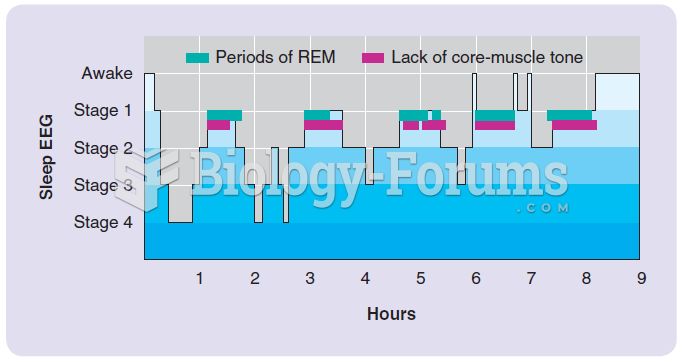|
|
|
A cataract is a clouding of the eyes' natural lens. As we age, some clouding of the lens may occur. The first sign of a cataract is usually blurry vision. Although glasses and other visual aids may at first help a person with cataracts, surgery may become inevitable. Cataract surgery is very successful in restoring vision, and it is the most frequently performed surgery in the United States.
Aspirin is the most widely used drug in the world. It has even been recognized as such by the Guinness Book of World Records.
Children of people with alcoholism are more inclined to drink alcohol or use hard drugs. In fact, they are 400 times more likely to use hard drugs than those who do not have a family history of alcohol addiction.
When blood is exposed to air, it clots. Heparin allows the blood to come in direct contact with air without clotting.
The first oral chemotherapy drug for colon cancer was approved by FDA in 2001.
 A typical pedestal grinder with a wire wheel on the left side and a stone wheel on the right side. ...
A typical pedestal grinder with a wire wheel on the left side and a stone wheel on the right side. ...
 (a) The connection required to test a Halleffect sensor. (b) A typical waveform from a Hall-effect ...
(a) The connection required to test a Halleffect sensor. (b) A typical waveform from a Hall-effect ...





